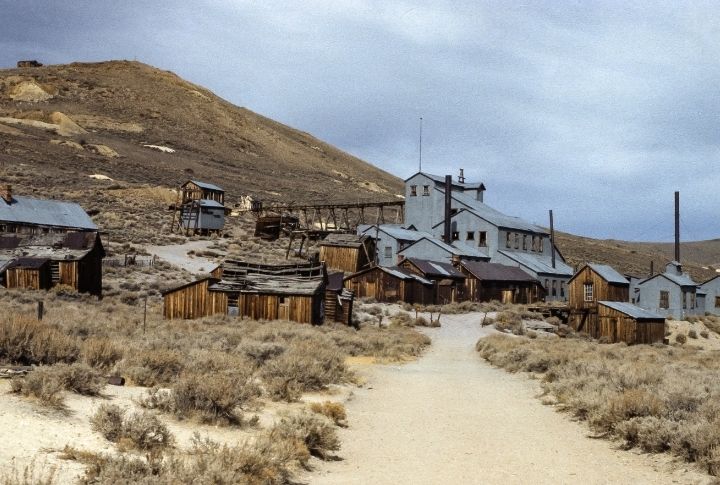
Amidst the relics of America’s past lie ghost towns that whisper stories of ambition, fortune, and inevitable decline. These abandoned locales are snapshots of history, capturing the essence of eras gone by. Some have been revived for curious tourists, while others stand as silent witnesses to history. Ready to explore these hauntingly beautiful places? Let’s peek at the most popular ghost towns in each state.
Alabama: Old Cahaba
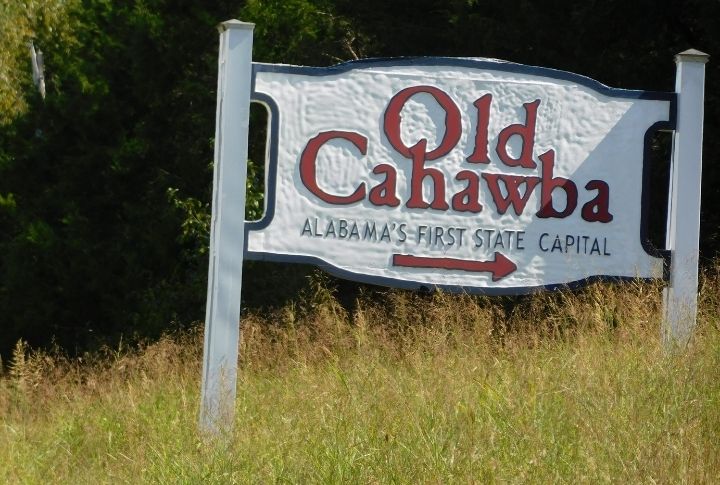
In 1819, Cahaba was carved from the wilderness as Alabama’s first capital. Although the capital moved in 1826, Cahaba flourished into a bustling river town. Post-Civil War, as the rich white folks left, freed slaves moved in and turned empty lots into small fields, building a new rural community. But by 1900, almost all the buildings had either burned down, collapsed, or were dismantled.
Alaska: Kennicott
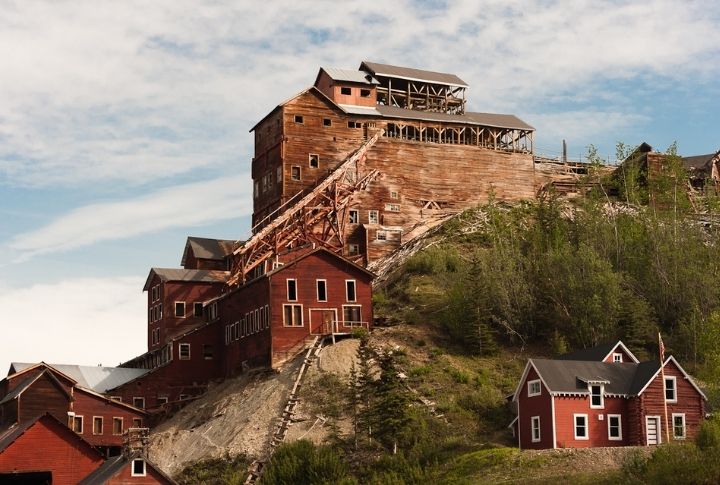
In the summer of 1900, two prospectors, Clarence Warren and Jack Smith, struck gold—or rather, copper—while exploring the Kennecott Glacier. This discovery turned Kennicott into a lively mining district with miners and their families. By 1903, the Kennecott Mining Corporation was up and running, managing five mines in the area. But in 1925, a geologist warned that the copper would soon run out, and by 1938, Kennicott had turned into a ghost town.
Arizona: Tombstone
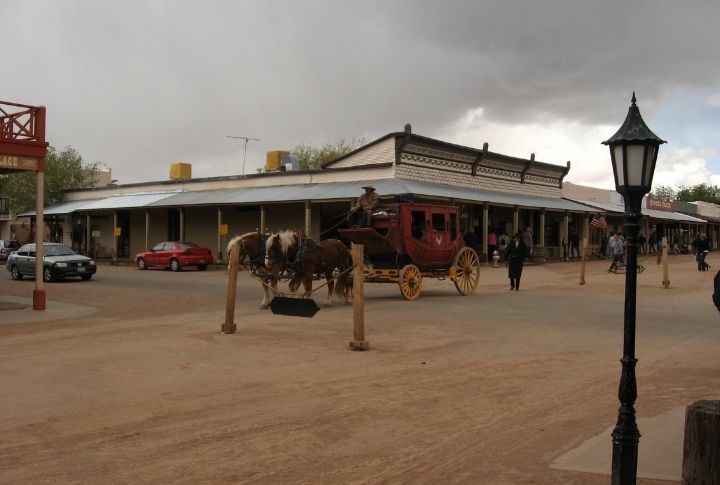
You can’t talk about Arizona ghost towns without mentioning Tombstone. It’s known as “The Town Too Tough to Die” and became famous for the legendary gunfight at the O.K. Corral. But the place is also full of Wild West stories and colorful characters. Even though about 1,500 people still live there, and it’s got its fair share of touristy stuff like gift shops and reenacted gunfights, it still feels like stepping back in time.
Arkansas: East Calico Rock
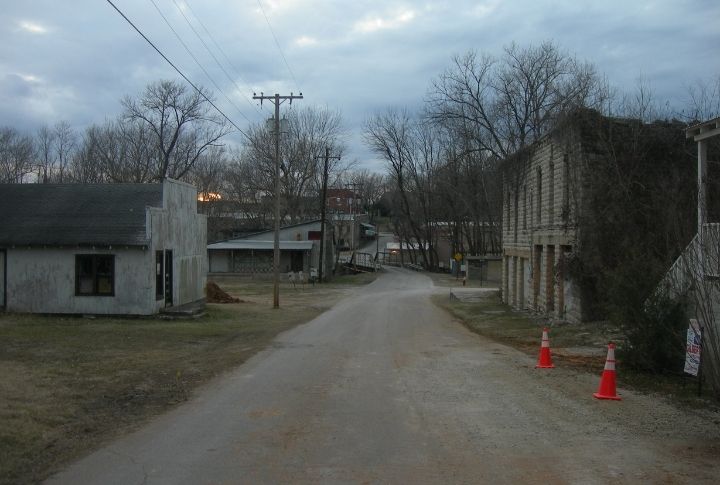
At one point, it was a bustling hub of cotton, timber, and even moonshine and a silver mining center in the late 1800s. Now known as East Calico, it was declared a ghost town in 2007 and now attracts tourism to the area. What sets Calico Rock apart from all the other districts in Arkansas, even from all the districts in America, is that it’s the only place with a ghost town located entirely within its city limits.
California: Bodie
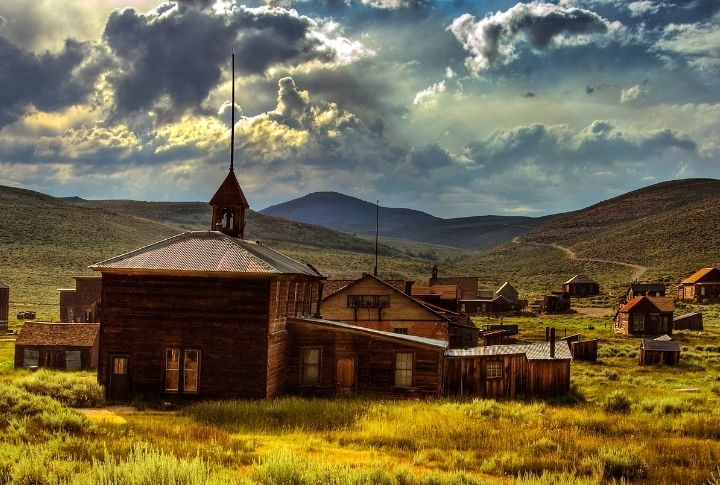
Bodie, established in 1859 following the discovery of gold in the vicinity, is distinguished for being California’s most famous ghost town. In the ’60s, it was recognized as a National Historic Landmark, and they turned it into Bodie State Historic Park, preserving 170 buildings. With all the old buildings still there, it shows off the wild, lawless spirit of the old West.
Colorado: St. Elmo
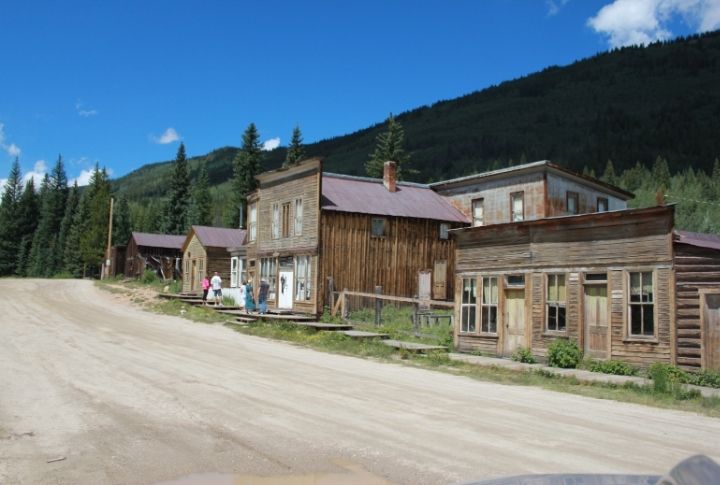
This place is super easy to visit and really well-preserved. Even though a few people still live there seasonally, it feels like living in the past. In its heyday in 1881, about 2,000 people lived there, mostly because of silver and gold mining. However, once the train service stopped in 1926, everyone pretty much left, and by 1958, it was a ghost town.
Connecticut: Dudleytown
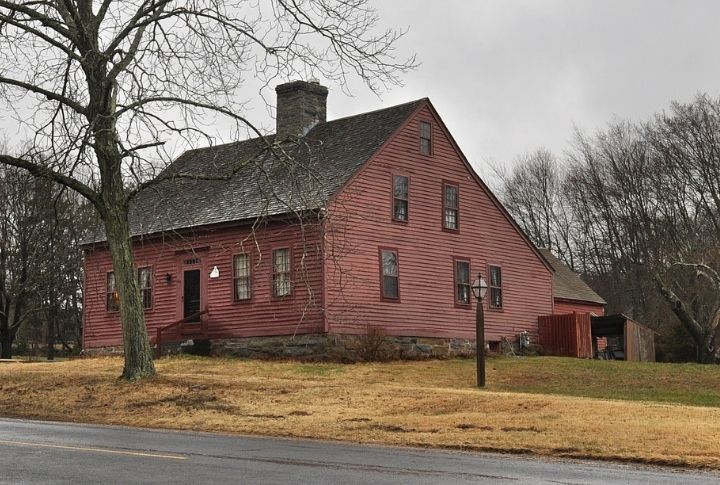
Don’t let the “town” in Dudleytown fool you; this place is more like a haunted forest with an eerie reputation. Once a bustling settlement, it’s now abandoned and overgrown. Legend has it that the Dudley family brought a curse with them from England, and their misfortunes followed them here. The site is currently off-limits to visitors because of past issues with vandalism and trespassing.
Delaware: Fort Delaware
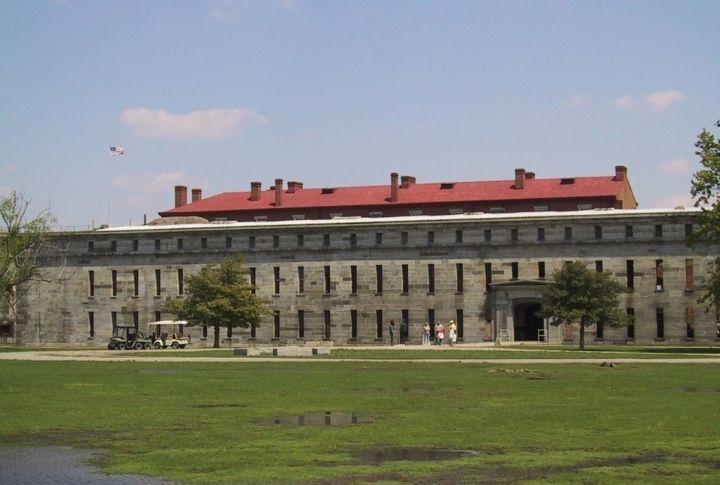
Fort Delaware, a 19th-century fortress, was originally constructed to defend Wilmington and Philadelphia’s ports. However, during the Civil War, it transformed into a prison camp for Confederate soldiers. At its peak, the fort held nearly 13,000 prisoners simultaneously. Located on Pea Patch Island, this spooky site once housed Confederate prisoners. Today, it’s a popular spot for ghost hunters who claim to hear footsteps, see apparitions, and feel cold spots.
Florida: Fort Dade
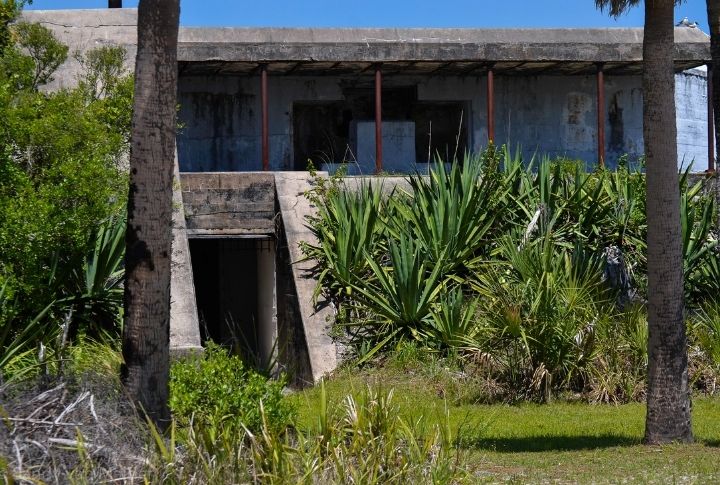
Florida might be known for its sunny beaches, but it has its fair share of spooky spots, and Fort Dade is a prime example. This community was a key player in coastal defense during the Spanish-American War and World War I, acting as a guard against any looming threats. However, erosion and shifting sands eventually led to its abandonment. The fort’s ruins now tell the story of the lives of the soldiers who once called it home.
Georgia: Auraria
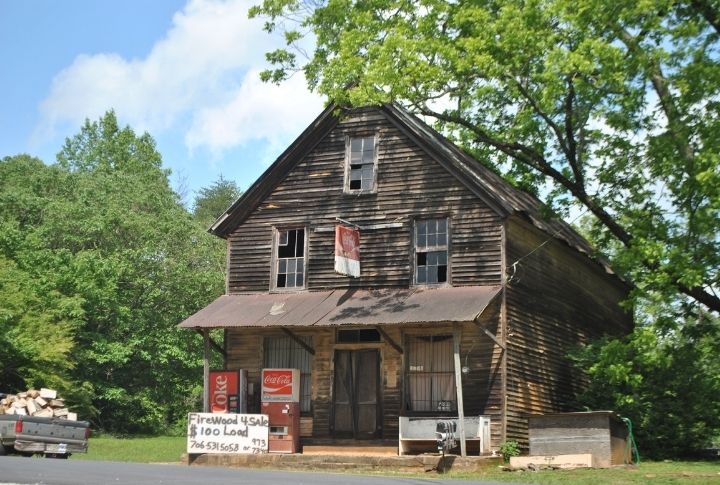
It is a deserted center in Lumpkin County, Georgia, just southwest of Dahlonega. Its name comes from “aurum,” the Latin word for gold. In the past, it had a few other names like Deans, Nuckollsville, and Scuffle Town. This place is the birthplace of the North Georgia gold rush. It all kicked off in 1828 when gold was found, and by 1829, thousands of prospectors flooded into North Georgia, hoping to strike it rich.
Hawaii: Kalaupapa

In 1866, this remote spot began as a leper colony, home to around 8,000 people in quarantine until 1969. By then, Hansen’s disease had been cured for two decades, and residents had a choice: stay in Kalaupapa or rejoin society. Presently, it’s a national historic park that requires some planning to visit. Burrowed at the base of some of the world’s tallest sea cliffs, Kalaupapa has no hospitals, stores, or places to stay overnight.
Idaho: Bayhorse Ghost Town and Trails System
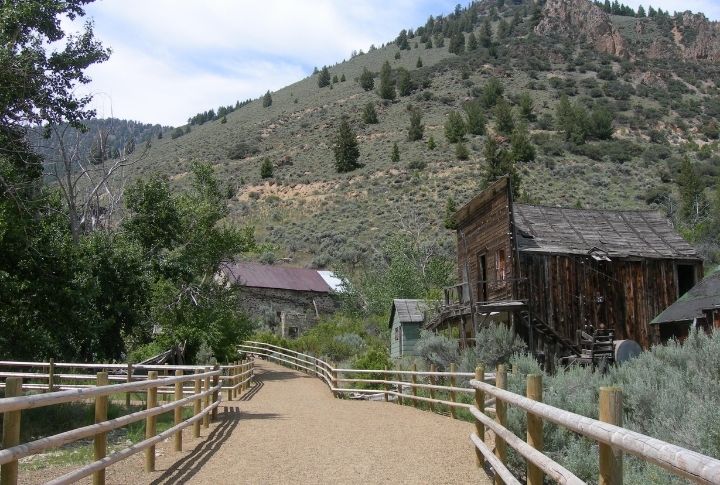
Pinched close to the Land of the Yankee Fork State Park, Bayhorse ghost town is a fascinating spot for visitors. Once a bustling mining hub fueled by a rich silver deposit, Bayhorse boomed in 1882, raking in an impressive $300,000 in silver. You can still see the charcoal ovens that powered the smelter and stroll along the dirt main street lined with old buildings.
Illinois: Cardiff

Back in 1899, Cardiff kicked off as a bustling coal mining town. Borrowing its name from the prosperous Cardiff in Wales, it quickly drew a crowd. In no time, houses popped up, and businesses flourished as miners and their families made their way to this new spot in Illinois. Sadly, the good times didn’t last. When the mine shut down in 1912, the locale’s fate was sealed.
Indiana: Gary
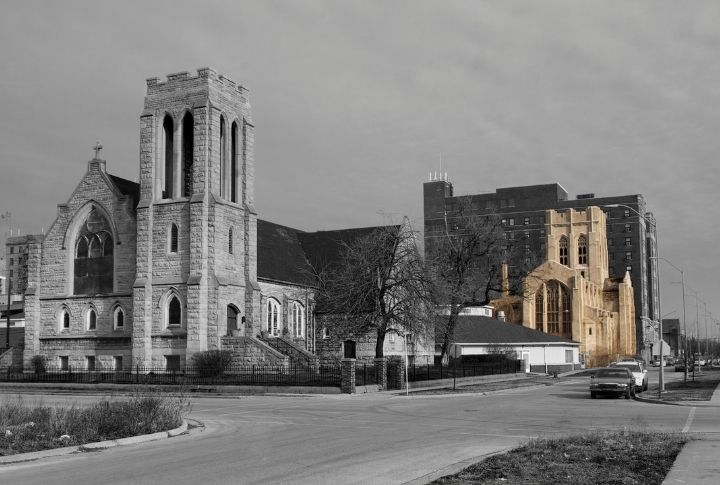
Gary, Indiana, has become a ghost town due to the loss of manufacturing jobs. It was a bustling steel center, but things started to go downhill for the steel industry in the 1970s. As the industry shrank, so did job opportunities and the city’s population. Nowadays, Gary ranks among the poorest cities in the U.S. The major hit came when U.S. Steel, a key employer in the area, began laying off workers.
Iowa: Carrollton
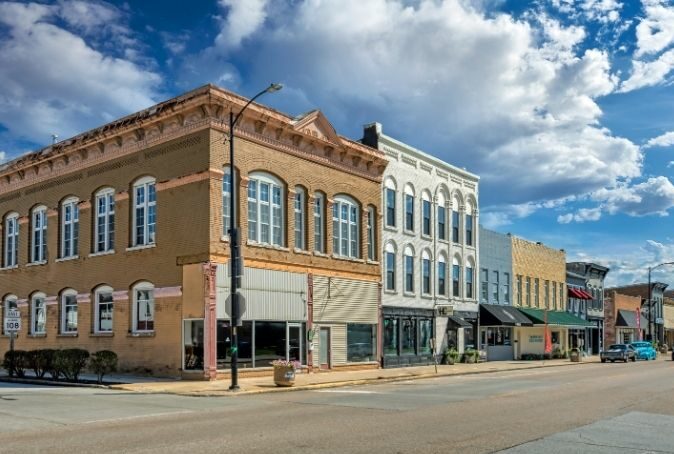
An old ghost town in Carroll County that was once the official county seat. The city was expanding nicely until 1867, when the Northwestern Railroad was built. Unfortunately, the railroad completely skipped over Carrollton. That same year, a vote moved the county seat to the nearby town of Carroll, sealing Carrollton’s fate.
Kansas: Atchison
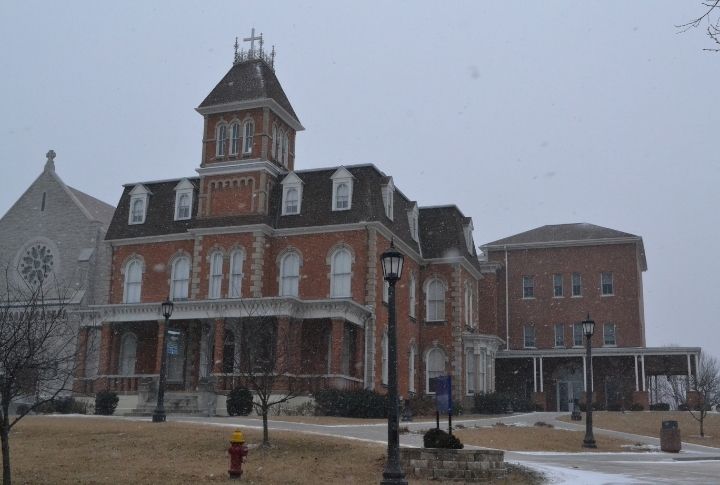
Atchison, a quaint town where the Westward migration kicked off, proudly claims the title of “Kansas’s most haunted city.” The spirits of past residents linger here, eager to make their presence known. One such spirit, Hannah Jo Cusack, leaves pennies for the living as a sign she’s around. Huddled in northeast Kansas on the bluffs of the Missouri River, Atchison isn’t just haunted; it’s also one of the state’s most picturesque and historic spots.
Kentucky: Paradise
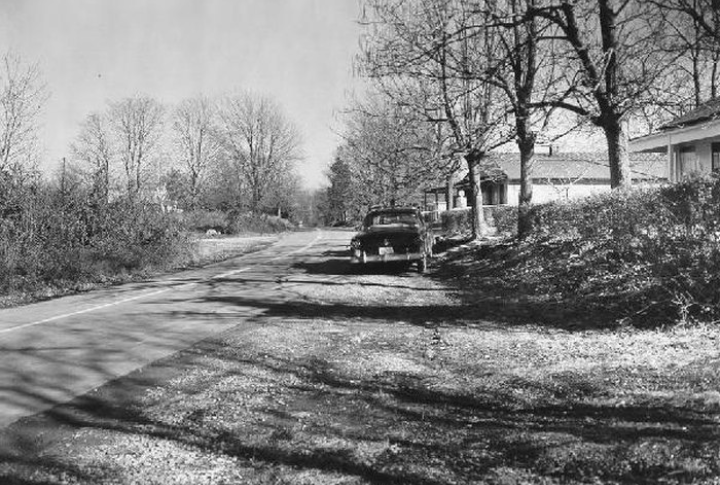
Paradise was a small community in Muhlenberg County, Kentucky, once known as Stom’s Landing. It was a busy trading post on the Green River. However, strip mining came to the area in the 20th century, and by 1967, all its residents had moved elsewhere. Nowadays, the only thing left of Paradise is a small cemetery on a hill.
Louisiana: Burrwood
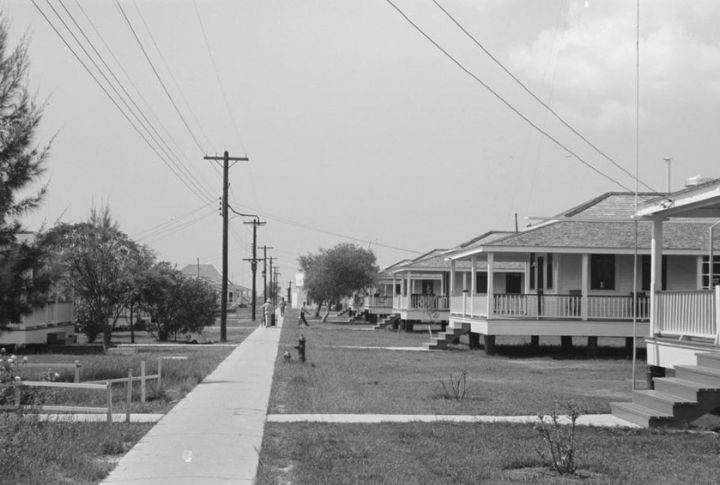
Once upon a time, there was a lively community called Burrwood at the far southern tip of the Mississippi River delta in Louisiana. Back then, around 1,000 people called this place home. Fast-forward to today and Burrwood is a ghost town. Coastal erosion has swallowed up much of its land, leaving it uninhabited and mostly underwater.
Maine: Perkins Township
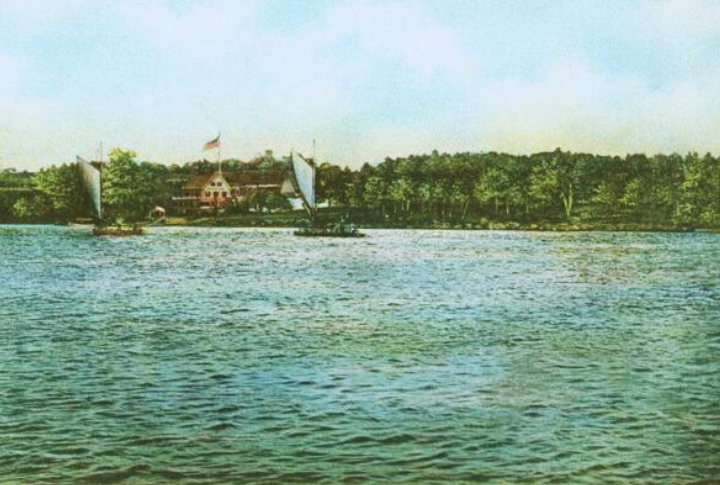
It started out as the town of Perkins but was abandoned and left empty since the 1940s. The area has quite a history: Native Americans first lived there, then explorers used it for farming and ice harvesting, and later it became a popular summer retreat. In the early 1900s, the city was officially disbanded. After the Great Depression and pollution issues with the Kennebec River, the island lost its appeal, and by the 1940s, it was nearly deserted.
Maryland: Daniels
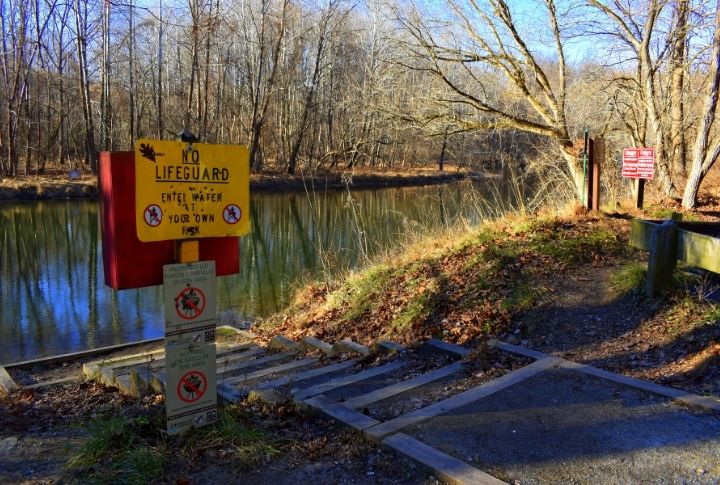
Home to the historic Daniels Mill, a site registered on the NRHP, this district was originally called Elysville when it was established in the 1820s. In the mid-1960s, it was completely abandoned. A stroll down the old Alberton Road will lead you past the haunting remains of houses, forgotten cars from the 1950s, an ancient cemetery, the old Saint Stanislaus Kostka Catholic Church, and other fascinating relics of the past.
Massachusetts: Dogtown
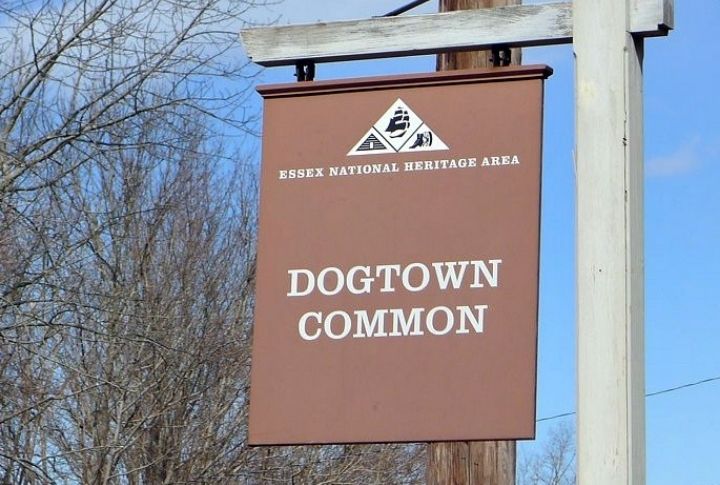
This old ghost town on Cape Ann between Gloucester and Rockport was settled in 1693; after the War of 1812, fear of coastal destruction led to its abandonment. The place is packed with spooky legends, and locals say it got its name from the dogs that women kept while their husbands were off fighting in the American Revolution. Covering 5 square miles, it was a haven from pirates and hostile natives in the old days.
Michigan: Fayette
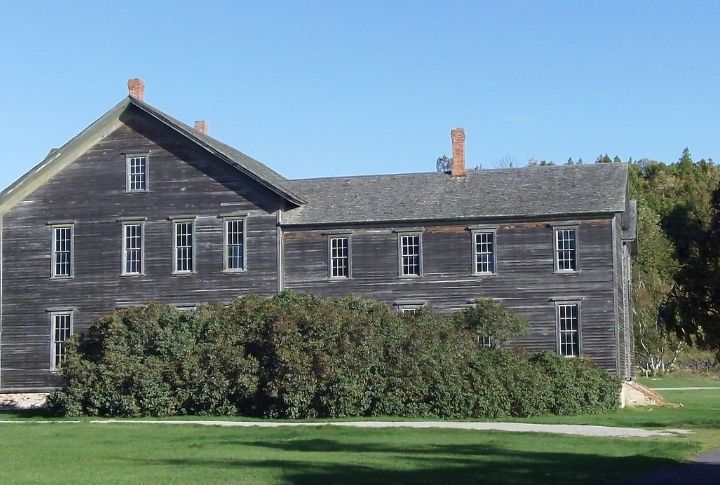
Even though it’s known for one of the coolest road trips in the U.S., Fayette turned into a ghost town back in 1891 when most workers and their families left for jobs in other locales. Fayette, once a lively industrial hub making charcoal pig iron from 1867 to 1891, now invites visitors to explore its historic buildings amid the peaceful beauty of a Lake Michigan harbor, with its stunning white cliffs and lush forests.
Minnesota: Dorothy
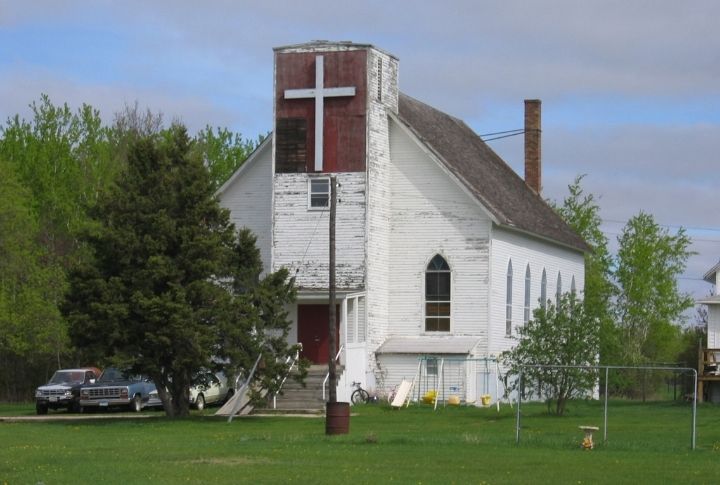
Dorothy, a small unincorporated community in Louisville Township, Red Lake County, Minnesota, has quite the backstory. This quaint place started as a railroad station in 1916–17. When the Northern Pacific Railway stretched its line from Tilden Junction to Winnipeg, they added a spur that passed through Red Lake Falls, and that’s how Dorothy came to be. It is both deserted and eerie currently.
Mississippi: Rodney
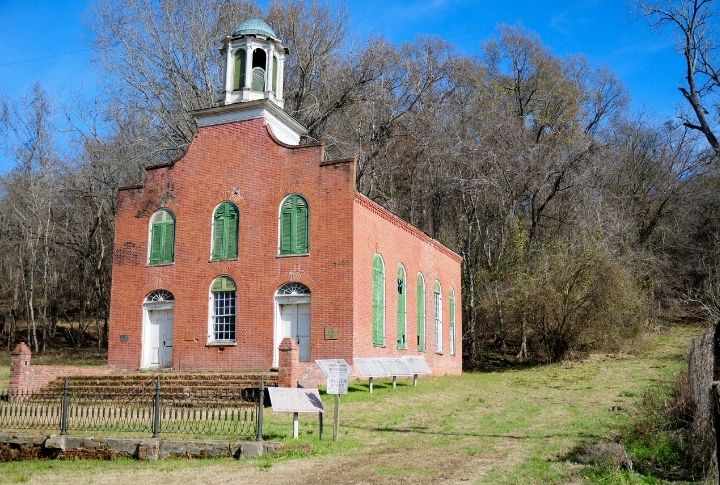
The center was thriving with banks, newspapers, schools, a lecture hall, Mississippi’s first opera house, a hotel, and more than 35 stores in 1860. But after the Civil War, when the river shifted, the center’s fortunes took a dive. One of its gems, a beautiful Presbyterian Church has a cannonball still lodged in its wall from when Confederate cavalry chased and fired at Union Gunboat crew members at the church.
Missouri: Red Oak II
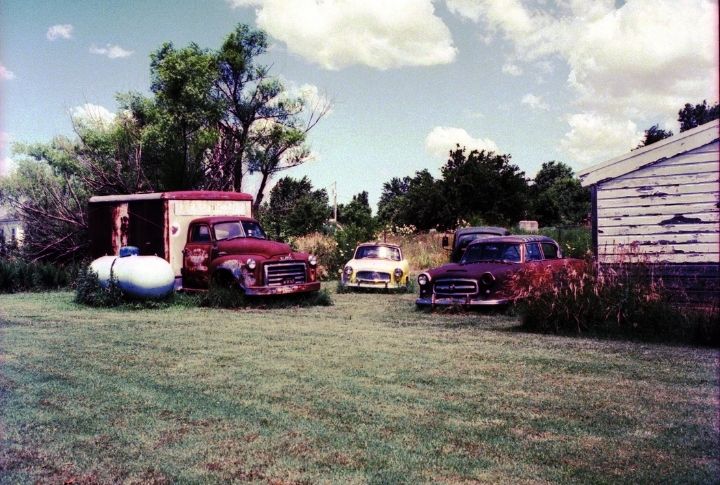
After World War II, Red Oak became a ghost town as folks left in search of better opportunities. Lowell Davis, a former resident, returned in the 80s and was heartbroken to see his childhood haunts in ruins. Determined to revive them, he bought the deserted buildings and relocated them to his land 20 miles away. Davis restored all the memorable spots from his youth and named this new, charming attraction Red Oak II.
Montana: Garnet
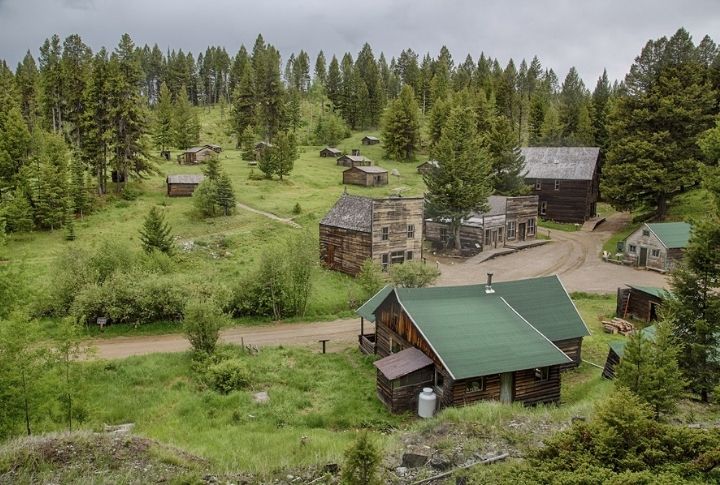
Named after the red gemstone found nearby, it was a pretty decent place to live. The mountains were packed with gold-rich quartz; there was a school for the kids, not much crime, and plenty of saloons where people could kick back with a drink. But when the gold dried up 20 years later, so did the area’s population. Nowadays, Garnet stands as a well-preserved peek into the lives of those determined miners and settlers.
Nebraska: Antioch
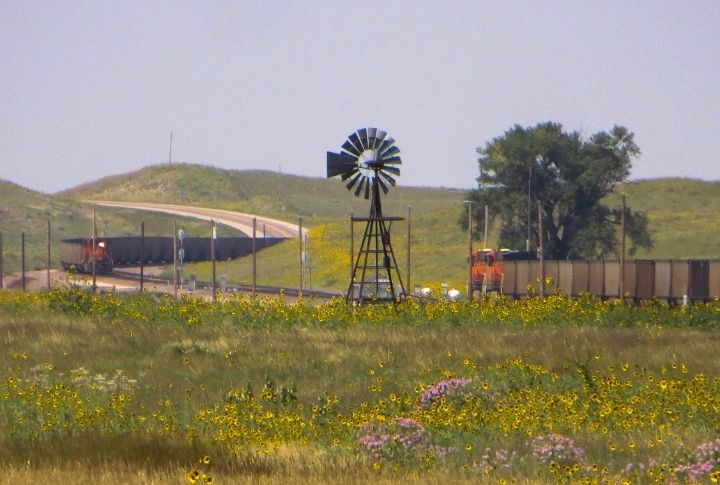
Antioch, now a ghost town, sits in Sheridan County, Nebraska. Just about 15 miles east of Alliance along Nebraska Highway 2, it was famously dubbed “the potash capital of Nebraska.” This tiny locality borrowed its name from Antioch, Ohio. Thanks to its closeness to several alkaline lakes, Antioch became home to five potash reduction plants: the American, Nebraska, Alliance, National, and Western companies. During World War I, these factories were key suppliers of potash.
Nevada: Rhyolite
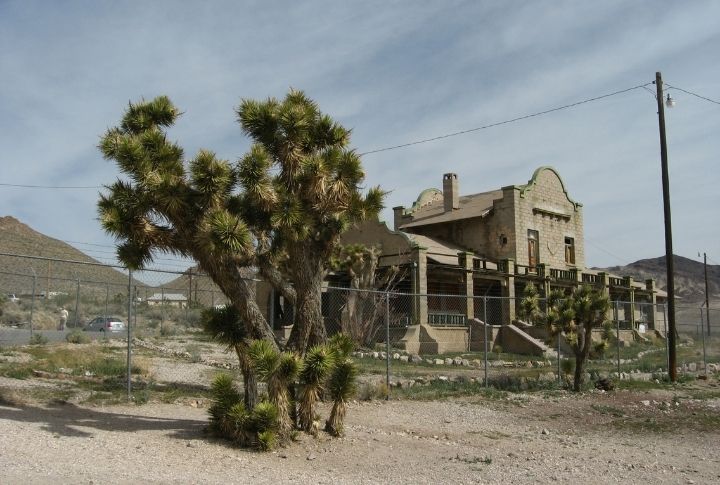
By 1914, Rhyolite lost its electricity, causing the banks, newspapers, post office, and train depot to shut down. Due to the scarcity of timber and stone in the desert, most of Rhyolite’s buildings were dismantled and repurposed elsewhere. By 1920, only 14 people still lived there. This ghost town, just off the highway to Death Valley National Park, is a great spot to explore now.
New Hampshire: Livermore
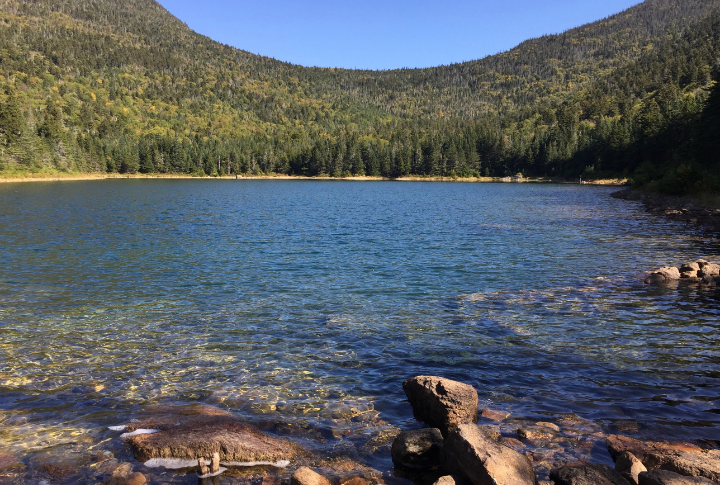
This little village along the Sawyer River Railroad in the White Mountains was all about logging during the late 19th and early 20th centuries. It grew quickly, sprouting homes and mills, and at its height, it was home to around 200 people. Who would’ve thought that this bustling logging spot would one day be considered one of the spookiest spots in New Hampshire?
New Jersey: Batsto Village
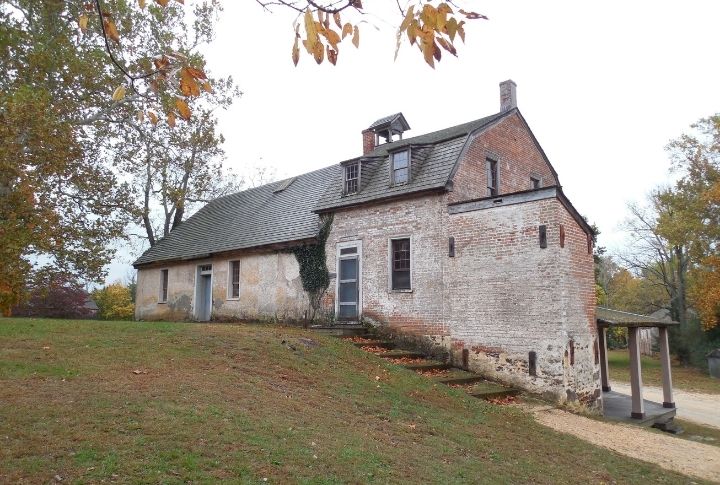
Founded in 1766, Batsto began as an iron-making hub and has since gained national recognition for its charm and historical importance. Originally set up to support booming iron works, this little village fell into decline and was eventually abandoned. Today, it stands as a remarkably preserved historic site. Visitors can explore nearly 250 years of American history here, all framed by the beautiful Pinelands.
New Mexico: Shakespeare
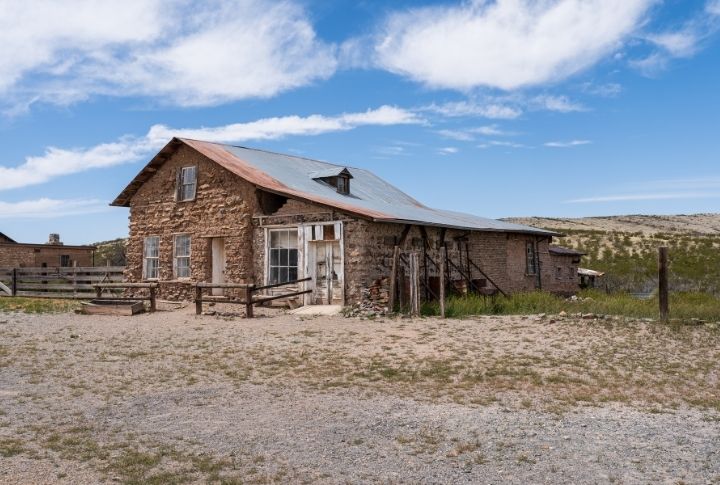
Originally called Mexican Springs, this spot was renamed Shakespeare, only to be abandoned when the mines shut down in 1929. Now, it’s part of a privately owned ranch and occasionally open to tourists. The community was added to the National Register of Historic Places in 1973. Frank and Rita Hill bought Shakespeare in 1935, and their family has been working hard to preserve it ever since. Most of the buildings and artifacts are original.
New York: Tahawus
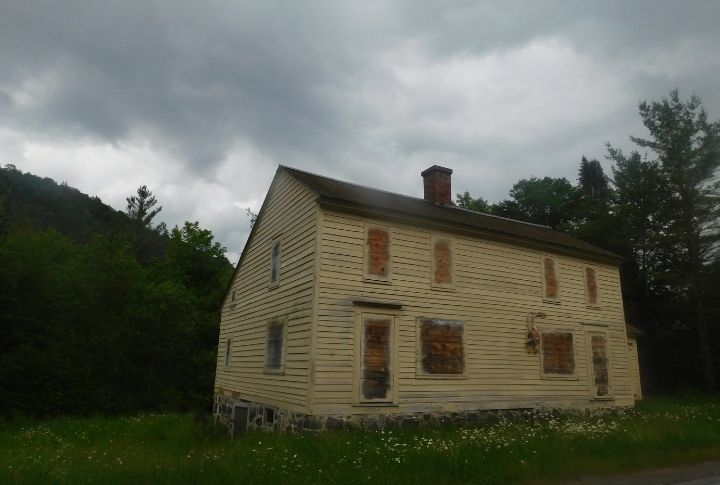
In 1943, a new community named Tahawus sprang up for mine workers. By 1945, the place boasted 84 buildings, even repurposing some structures from Adirondack. The National Lead Industries’ mines pulled out a whopping forty million tons of titanium before shutting down in 1989. They hit a snag with an unknown impurity in the ore, making mining too tricky. Interestingly, this little village was abandoned not once but twice after mining ventures flopped.
North Carolina: Brunswick Town
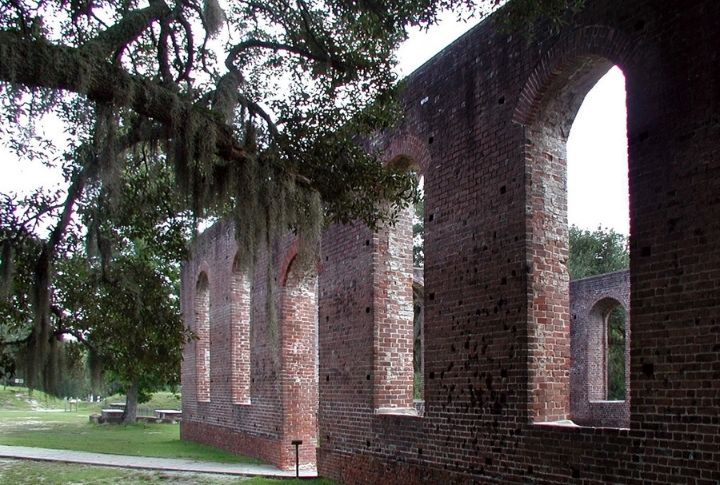
The county got its name from the Town of Brunswick, which honored King George I, the Duke of Brunswick, and Lunenburg. Brunswick was a bustling port on the Cape Fear River before the Revolutionary War, but British troops destroyed it in 1776, and it was never rebuilt. Fort Anderson was built on the old village site during the Civil War and became a key part of the Cape Fear River defenses until the Confederacy fell.
North Dakota: Arena

South Dakota often steals the spotlight with its ghost towns, but don’t sleep on its quieter sibling, North Dakota. Arena came to life in January 1906, but it never grew beyond a small community of 150 people. The Great Depression hit hard, and by 2018, the community had dwindled to just a few remnants: St. John’s Lutheran Church, an old wooden schoolhouse, several abandoned homes, a railcar, and a handful of outbuildings.
Ohio: Moonville
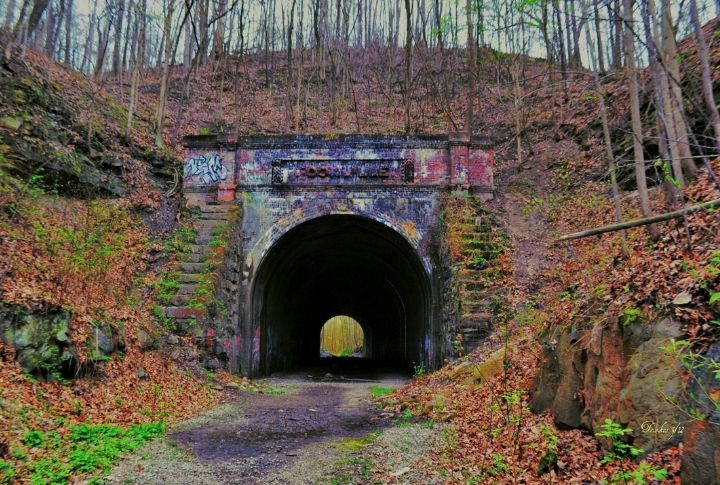
Moonville was bustling with about a hundred residents in the 1800s. However, folks began to leave when the coal mines started closing in the early 1900s. By 1947, the last family had packed up and said goodbye. Now, all that’s left is the old schoolhouse foundation, a spooky train tunnel, and a cemetery. Even though it’s pretty deserted, Moonville still gets a lot of attention—apparently, it’s haunted!
Oklahoma: Picher
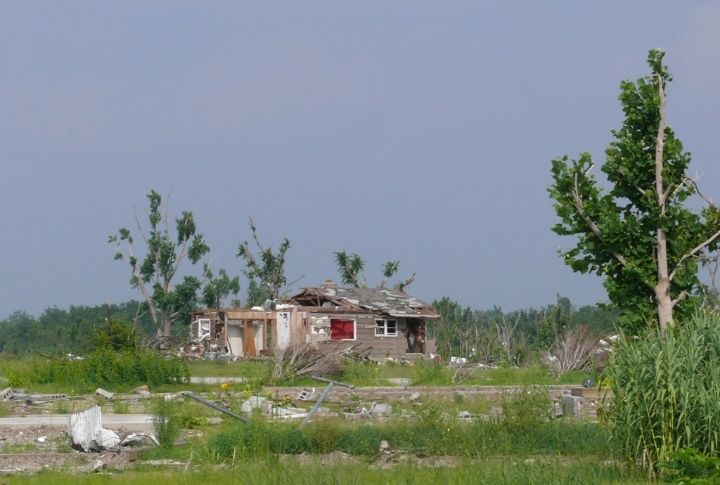
Picher was a lead and zinc mining hotspot, churning over $20 billion in ore from 1917 to 1947. During World War I, more than half of the lead and zinc used came from this very place. Mining brought prosperity to Picher, but it also led to its downfall. Once a lively area in northeast Oklahoma, Picher is now a town with empty, decaying buildings and massive hills of toxic mining waste called chat.
Oregon: Shaniko

This post earned its claim to fame as the “Wool Capital of the World” in 1903. But things took a turn when railroad tycoon James J. Hill introduced the Oregon Trunk Railway, a competitor running through the Deschutes River Canyon to Bend. As a result, Shaniko’s population, recorded at 600 in the 1910 census, began to dwindle. It was further hit by devastating fires in 1910 and 1911 that ravaged much of the business district.
Pennsylvania: Centralia

When it comes to ghost towns in Pennsylvania, Centralia is the one on everybody’s lips. The city got its start in 1866, and in the 1890s, it had about 2,800 residents and was famous for its mines. The place was lively, with two theatres, a bunch of hotels, and 14 grocery/general stores. These days, it’s a completely different scene—there’s no one left because an underground coal mine fire has been raging since 1962.
Rhode Island: Hanton City
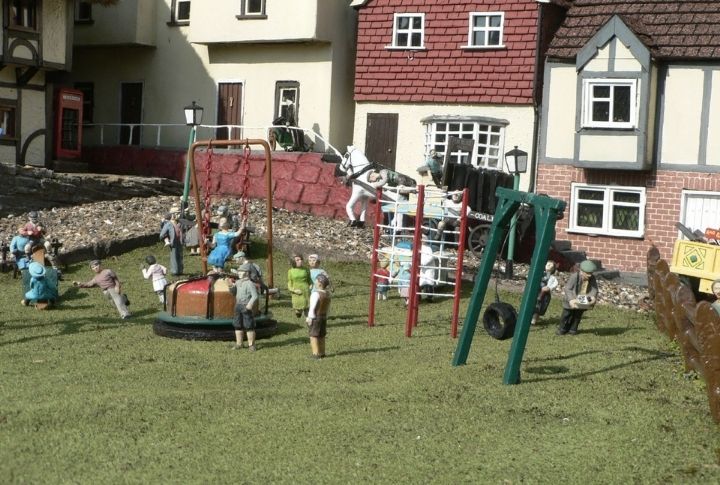
Let’s get into Hanton City, a place more legendary than historical. If you’re up for an adventure, take a hike off Decotis Farm Road in Smithfield. You might just find what’s left of Hanton City: a well and a few stone foundations. There’s also a burial site, a defunct dam that once helped with irrigation, and a scattering of old stone walls. It’s a classic example of a small New England farming community, now lost to time.
South Carolina: Dorchster
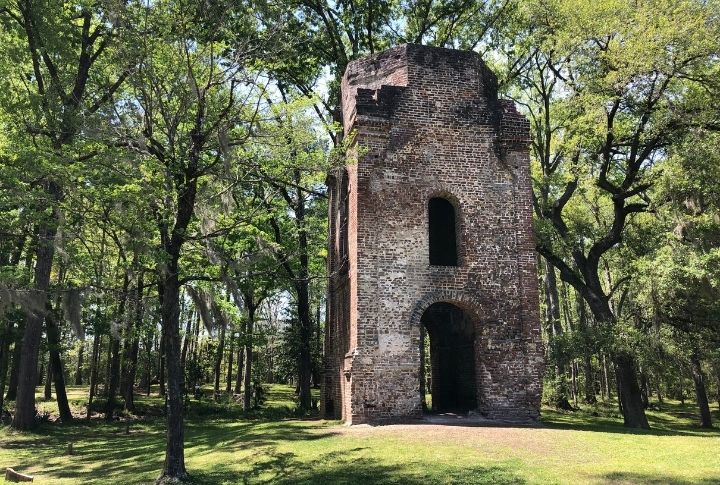
Dorchester was founded in 1696 but was left behind when the Revolutionary War kicked off. Just a short 15-mile trip from Charleston, along the Ashley River, you’ll find it in a sprawling 325-acre park. This park is home to an old church bell tower and the remains of a fort made from oyster shell tabby, giving you a fascinating glimpse into colonial Southern life.
South Dakota: Mystic
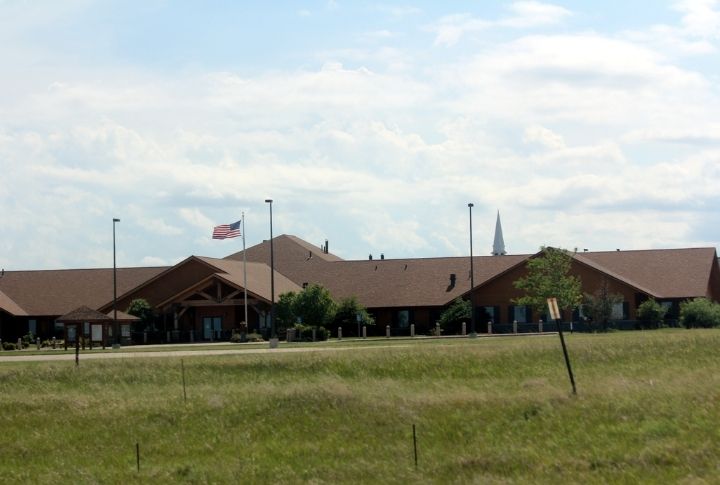
If ghost towns had a beauty pageant, Mystic would definitely be crowned the winner. Originally named Sitting Bull, this gem popped up in 1876 and made a name for itself with timber and gold exports. Despite floods, fires, and the Great Depression trying to spoil the party, Mystic stood its ground. But when WWII wrapped up and the trains stopped rolling, Mystic finally called it quits.
Tennesse: Elkmont
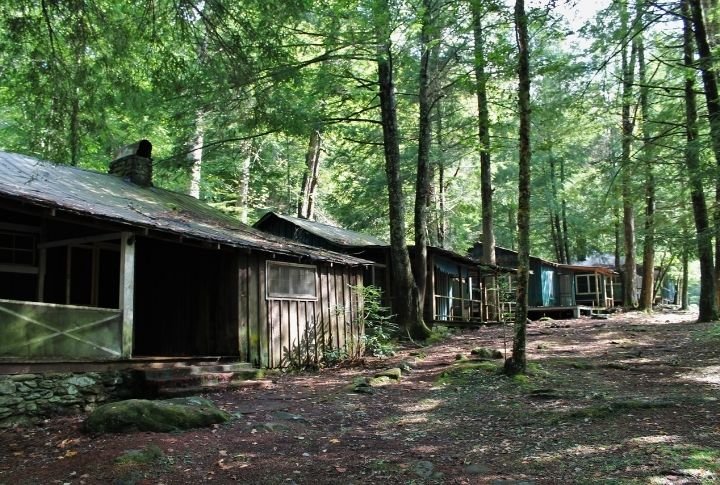
When the Great Smoky Mountains National Park was founded in 1934, the residents had two choices: take some cash and scram or stay on a long-term lease, which finally ran out in 1991. By 1992, most leases were up, and the park was left with about 70 abandoned historic buildings. Naturally, these places started falling apart, earning the area the spooky nickname “Elkmont Ghost Town.”
Texas: Terlingua
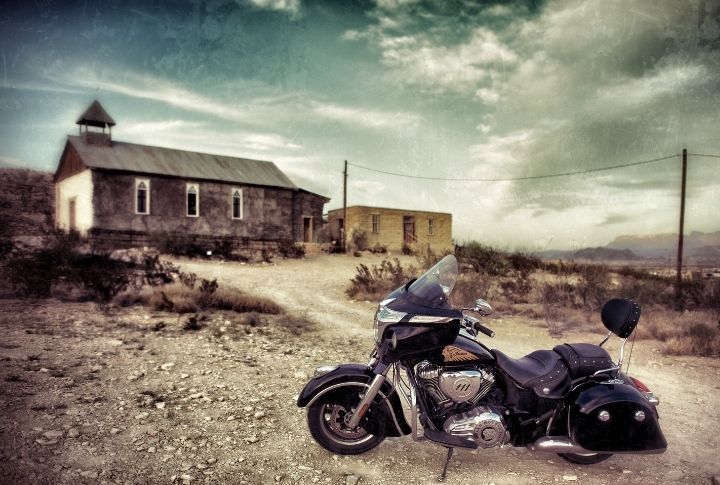
Just a stone’s throw from the Mexican border, this old mining district was all the rage around the 1900s. And it hosted the very first championship chili cook-off in ’67. Now, every November, over 10,000 chili enthusiasts descend upon this ghost town for a spicy showdown. The district’s population has skyrocketed from a lonely 5 to a bustling 50. They’ve even turned the old theater into a restaurant.
Utah: Grafton
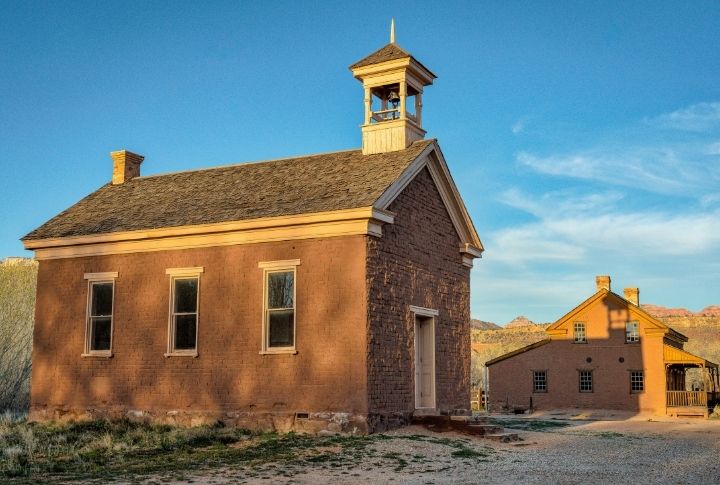
Between floods and some pretty intense Native American skirmishes, the folks here decided it was time to move on. Now, it’s this cool ghost town where you can imagine you’re in an old Western. Speaking of which, “Butch Cassidy and the Sundance Kid” was filmed here! The reddish-brown adobe clay they used for the schoolhouse and churches you’ll find here blends in with the dirt roads but pops against the vibrant Southern Utah mountains.
Vermont: Greenbank’s Hollow

Greenbank’s Hollow was once a bustling mill village courtesy of Benjamin Greenbank, who transformed it into a five-story giant in 1849, employing 45 folks in the 1850s, which was the biggest gig in town. This place had it all. Unfortunately, in 1885, a fire wreaked havoc, taking the mill down with it. As the years rolled by, the village slowly emptied out, businesses shut their doors, and by 1912, even the school had closed.
Virginia: Union Level
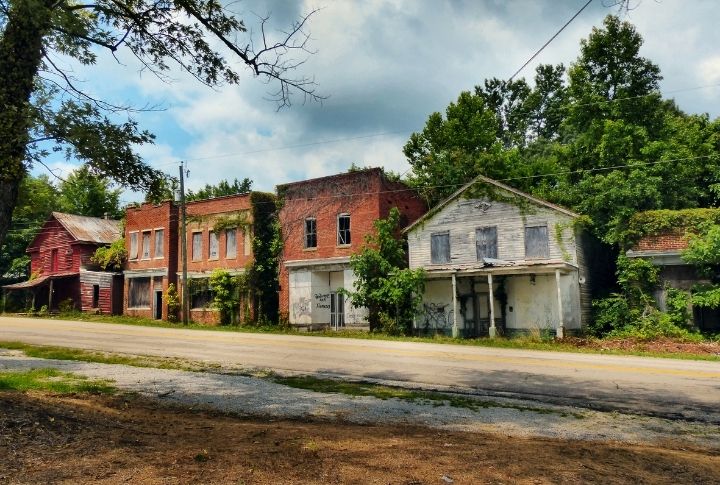
Sure, Virginia has its fair share of spooky spots, but none are as well-preserved as this gem. Back in the early 19th century, Union Level was the place to be. It was bustling with horse-drawn carriages and later became a key stop on the rail line. But when the trains stopped coming, Union Level turned into a ghost town.
Washington: Matildaville
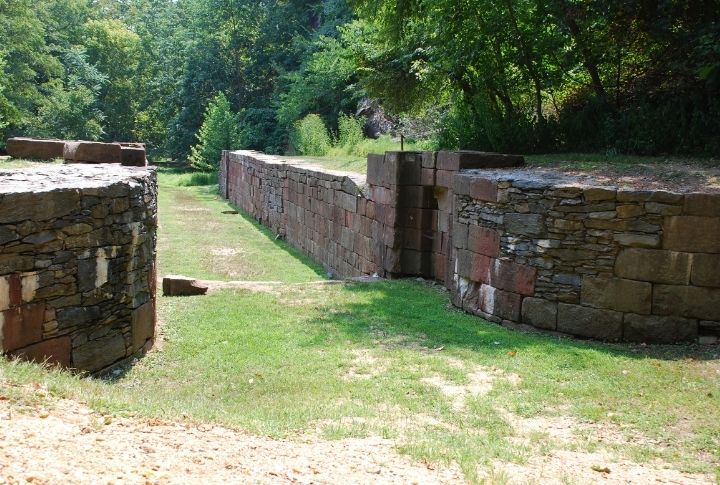
The city’s founder was Harry “Light Horse” Lee, a hero from the American War of Independence and the dad of the famous Confederate general, Robert E. Lee. He named the spot after his first wife, Matilda Lee. In times past, Matildaville was bustling with spots like a foundry, an inn, worker’s barracks, and even some boarding houses. Boaters would hang out here, waiting for their turn to pass through the locks.
West Virginia: Thurmond
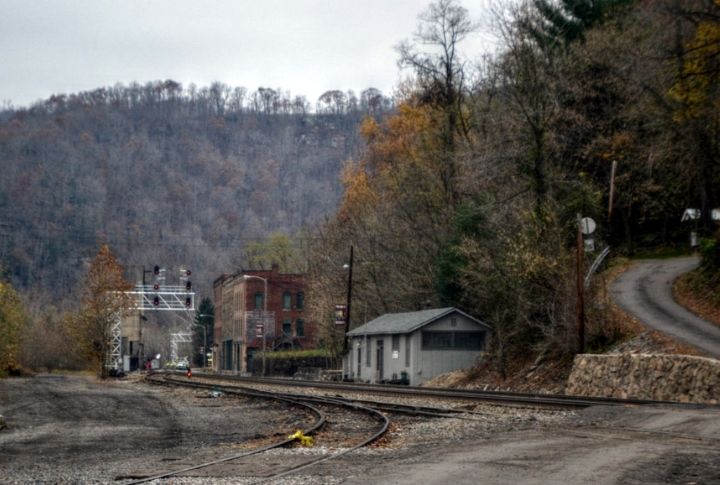
Back when coal mining was all the rage in the New River Gorge, Thurmond was the place to be, bustling with businesses and facilities for the Chesapeake and Ohio Railway. Now, the old Thurmond Depot has swapped its coal-stained days for a gig as a visitor center at the New River Gorge National Park and Preserve. There’s even a quirky single-track bridge that spans the New River.
Wisconsin: Pendarvis
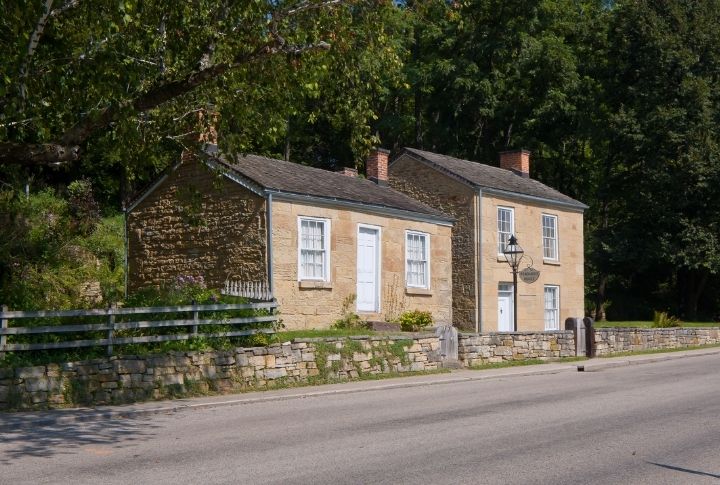
In the mid-1800s, a group of Cornish immigrants set up shop here, hoping to strike it rich with lead and zinc mining. They built sturdy wooden and limestone homes that outlasted their owners’ wanderlust for better fortunes elsewhere. Fast-forward to today, those very same cabins and cottages have been spruced up and turned into a charming museum and historical site.
Wyoming: South Pass City
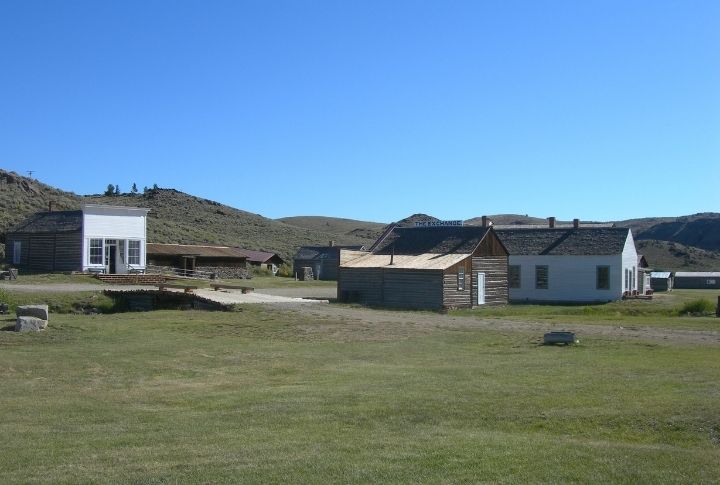
South Pass City is like stepping into a time machine back to the Gold Rush days, and it was an integral pit stop on the Oregon Trail crossing the Continental Divide. The locale was booming in the mid-to-late 1800s until the gold expenses got too high, and it kind of ran out of steam. Nowadays, the state keeps this gem polished for tourists looking to get a taste of the Old West.

